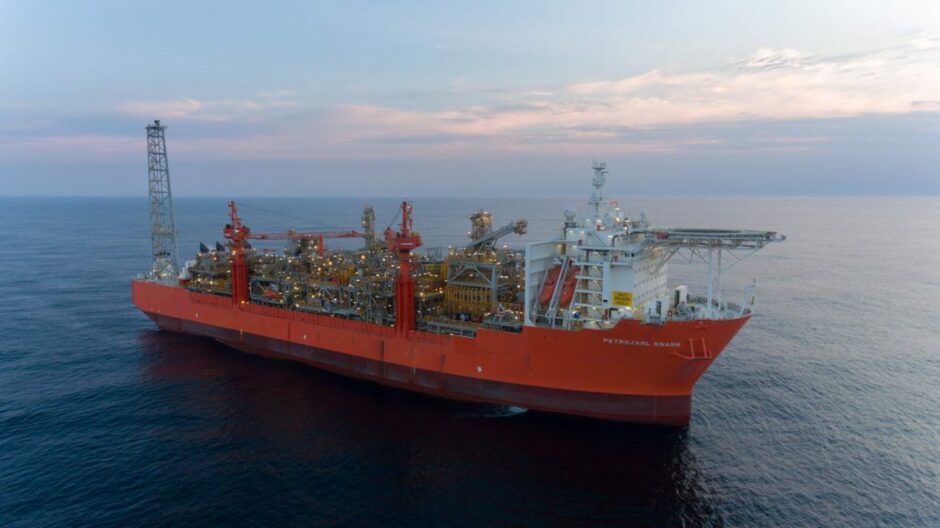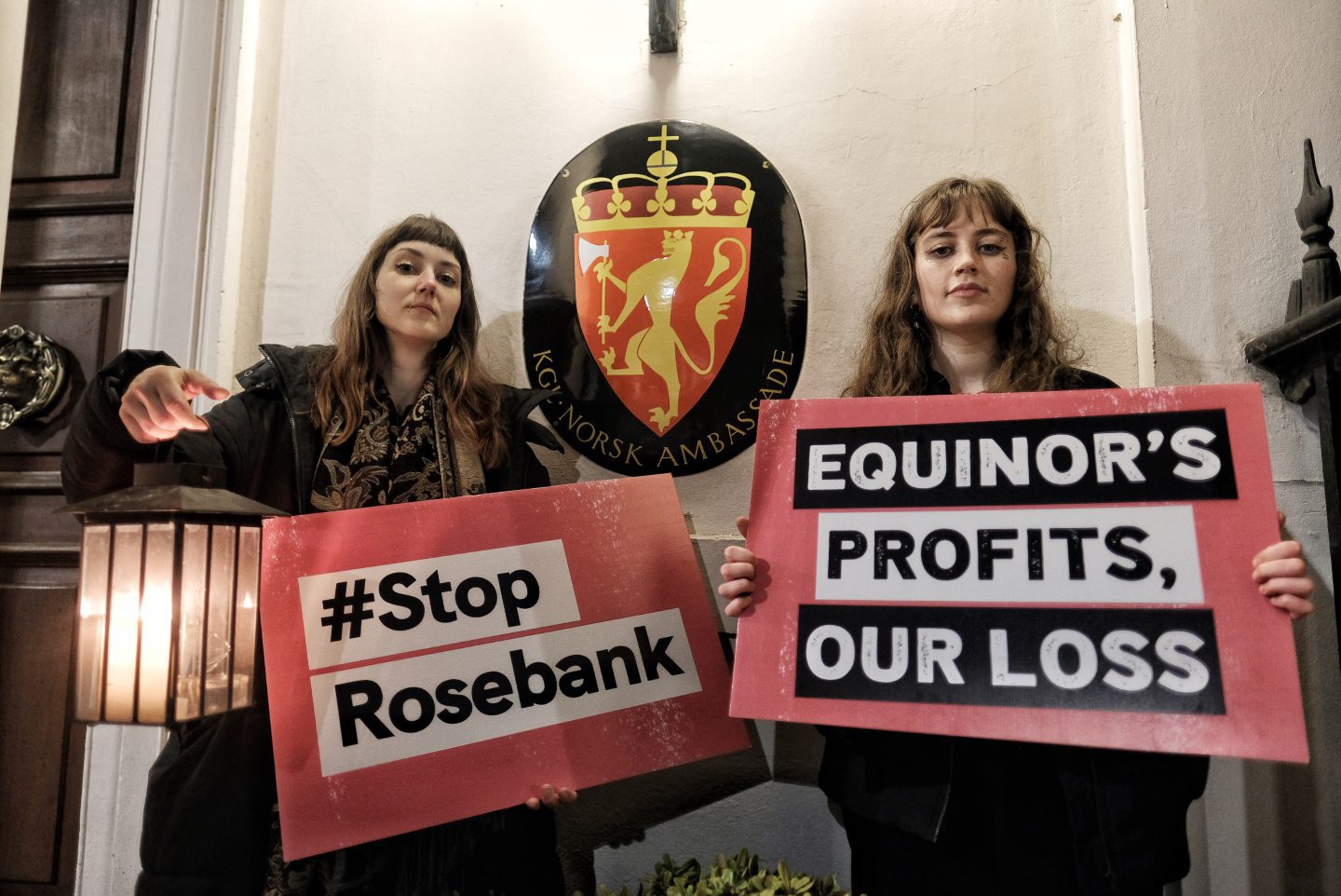
Approval of the Rosebank oilfield is expected within the next two weeks, Energy Voice understands.
The Equinor (OSLO: EQNR) development in the West of Shetland is the largest untapped resource in UK waters and has become a climate battleground for campaigners.
Projected to produce 300 million barrels of oil, the field is due to achieve first production in 2027.
Getting approved
Approval needs to come from the UK’s two offshore development regulators: OPRED and the NSTA.
Environmental regulator OPRED (Offshore Petroleum Regulator for Environment and Decommissioning) first needs to approve the environmental statement, submitted by operator Equinor.
This needs to take place for the NSTA (North Sea Transition Authority) to be cleared to approve the field development plan and thereby provide Equinor with development and production consents.
This will, in turn, allow Equinor and its partners to proceed to a key final investment decision (FID).
According to an NSTA guidance document, the regulator “will usually aim to complete its review of the final submitted application for consent and FDP within one month”.
It is possible, between that gap, for Energy Secretary Grant Shapps to step in, but this would be highly unusual – OPRED sits within his own Department for Energy Security and Net Zero (DESNZ).
On Harbour Energy’s recent Talbot field sanction, the UK Government waited until both regulators had granted consents before making a public announcement.
That could mean the news comes first from operator Equinor as the consent is communicated to it.
At the start of this month, Rosebank partner Ithaca Energy (LON: ITH) confirmed that approval was still on OPRED’s desk.
Rosebank
Equinor says the development will see £8.1bn of direct investment, £6.3bn of which “is likely to be invested in UK-based businesses“.
The firm says more than 1,600 jobs are expected to be employed at the height of construction in Q2 2025. An average of 450 jobs are expected across the life of the field.
Climate activists meanwhile say the UK doesn’t need Rosebank’s oil, the majority of which will be exported on the global market.
PM said “my daughter is climate champion in our house”. So what does she think of climate-wrecking #Rosebank oil field, & handing £3.75bn of taxpayer cash to oil giant @Equinor to develop it? Can he look her in the eye & say he's giving young people a liveable future?
My #PMQ 👇 pic.twitter.com/hTE6XEHDQe
— Caroline Lucas (@CarolineLucas) May 10, 2023
Industry figures have meanwhile pointed to the UK’s continued reliance on oil products, and that exports overseas are due to a lack of domestic refining capacity.
Electrification and emissions
According to the Equinor environmental statement, Rosebank will, on average, emit 165 kilotonnes of CO2 per year – that’s around 1.6% of the annual emissions of the UK offshore sector, compared to North Sea Transition Authority (NSTA) figures.
The intensity of Rosebank’s emissions – how much CO2 it produces per barrel – will depend greatly on electrification of the floating production unit (FPSO).
That’s a process of replacing power, typically supplied from gas-fired generators, with clean electricity via cable from shore or a link to a wind farm.
Equinor says, with Rosebank electrified, it will have emissions of 3 kg of CO2 per barrel, “one of the lowest ever CO2 footprints” in UK waters, compared to a sector average of 20 kg per barrel.
However, if it isn’t electrified, Rosebank will emit four times as much at 12 kg of CO2 per barrel of oil produced.
Work to be done
Although Equinor has experience of electrification in Norway, no oil and gas developments in the UK have been electrified.
Equinor says it will invest £80m to ensure the FPSO can be converted, and it is hoped Rosebank will unlock electrification across the region.
Under the UK windfall tax legislation, Equinor will be eligible for a government subsidy to deliver electrification.
The project is planned to be delivered in two phases. The first will see four production and three water injection wells drilled (to boost production). The second, subject to learnings, will see another three production wells added with two water injection wells to boost production.
Recommended for you


 © Supplied by Uplift/Angela Christ
© Supplied by Uplift/Angela Christ